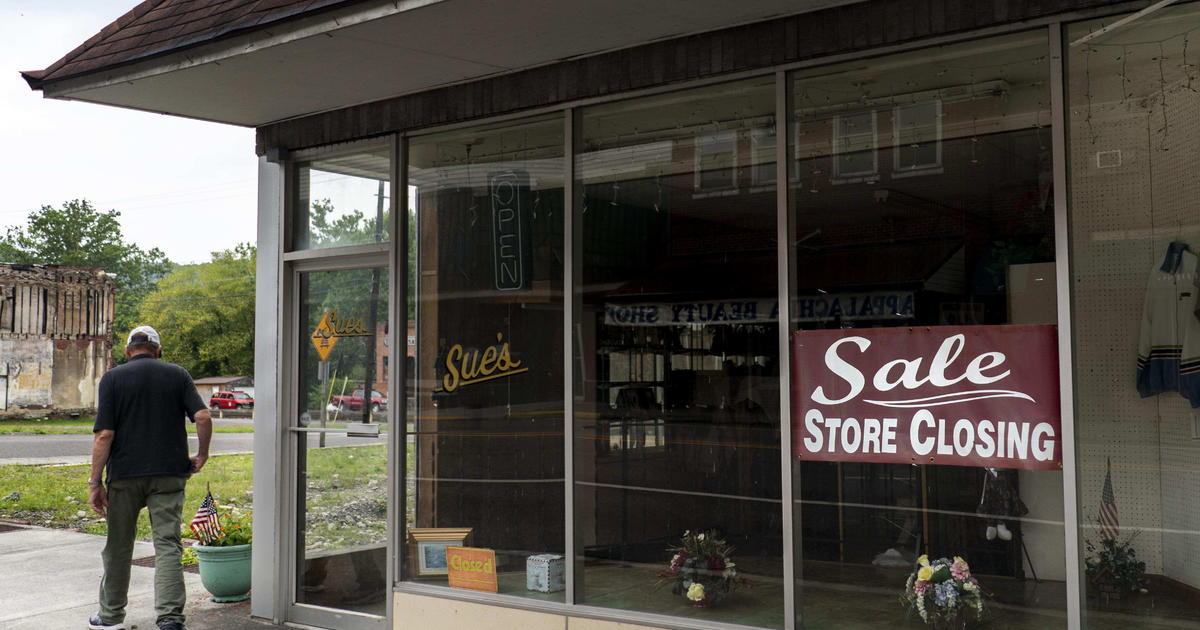The resulting map shows huge swaths of deeply disadvantaged locations across the nation’s 3,000 counties, places that are mostly located outside of the largest U.S. cities yet which share some traits: A history of resource extraction, unequal educational opportunities, a breakdown of social bonds, violence and local corruption.



Some, yes, but many are black, Native Americans, and Mexican Americans who have been systematically disenfranchised. Really the only places in the study that fit your description are in coal country.
And also, there’s a majority there now because those of us who could vote with our feet did.
I’m part of the Appalachian diaspora. I grew up knowing my extended family closely and now we’re all spread across the country, leaving none of us at home to vote sensibly. The dismantling of my family structure and so many others like me is a silent tragedy of the past two generations.
That’s a good point, I wonder if the authors address it. Richard Florida, the geographer, argues that geographic mobility is a strong prediction of success. Places full of people who have never moved are often worse off.